 |
Key Points on Helping Dogs Overcome Unusual Fears:1. Unexpected Fear: Even the bravest dogs, like Max, can have surprising triggers, such as a harmless toy resembling a Godzilla figure. 2. Max’s Reaction: A bold golden retriever, Max’s terror at the sight of the toy highlights how even familiar settings can introduce unexpected challenges. 3. Reasons for Fear:
4. Gradual Exposure: Introducing the toy from a safe distance, then bringing it closer, helped Max build confidence. 5. Positive Reinforcement: Rewarding calm behavior near the toy with treats and praise created positive associations. 6. Play Integration: Incorporating the toy into fun activities made the encounter less intimidating and enjoyable. 7. General Tips for Fearful Dogs: Key strategies like creating a safe space, using distractions, and avoiding forced exposure are essential for addressing canine fears. |
| Max, a courageous golden retriever, surprised his family when a harmless Godzilla toy triggered an unexpected fear. This playful encounter showcased how even the bravest dogs can have vulnerabilities. By analyzing Max’s reaction, the family identified the fear’s root causes, including the toy’s unfamiliar shape and potential movement. They used gradual exposure, positive reinforcement, and playtime integration to help Max overcome his fear, turning a challenging moment into an opportunity for bonding and growth. This tale highlights the importance of understanding a dog’s unique fears and employing patience and creativity to build their confidence. | |
The Backstory
Max, a spirited and courageous golden retriever, has always been the hero of our household. Whether it’s chasing away the mailman or bravely standing guard at the front door, Max has never shown a sign of fear. So, you can imagine our surprise when a harmless Godzilla toy—intended as a joke for movie night—sent our fearless furball into a tailspin.
The Encounter
It was an ordinary Tuesday evening when the fateful encounter took place. We had just finished dinner and decided to have fun by introducing Max to his new “playmate.” Little did we know this tiny plastic monster would become the stuff of nightmares for our loyal pup.
As soon as the Godzilla toy made its dramatic entrance, Max froze. His eyes widened, and his ears perked up. For a moment, it seemed like he was ready to take on the beast. But then, with a swift retreat, he scurried to the safety of the nearest couch, peeking out cautiously to keep an eye on the monstrous invader.
Analyzing the Fear
What is it about a plastic toy that could strike such terror into the heart of a brave dog? There are a few possible explanations:
- Unfamiliar Shape and Size: Dogs are creatures of habit and familiarity. An unusually shaped toy, especially one that resembles a giant, scaly creature, can be confusing and intimidating.
- Unexpected Movement and Sounds: If the Godzilla toy makes noise or has movable parts, this can add to the mystery and fear factor.
- Instinctual Response: Sometimes, dogs react to certain stimuli based on their instincts. Max might have seen the toy as a potential threat or rival.
Helping Max Overcome His Fear
To help Max (and any other dogs who might be similarly terrified) overcome his fear of the Godzilla toy, we decided to take a gradual and positive approach:
- Gradual Exposure: We started by placing the toy in a spot where Max could see it but not feel threatened. Over time, we moved it closer, allowing Max to investigate at his own pace.
- Positive Reinforcement: Each time Max approached the toy, he was rewarded with treats and praise. This helped him associate the toy with positive experiences.
- Playtime Involvement: We incorporated the toy into playtime, using it alongside his favorite games and activities to build positive associations.
What to Do When Your Puppy is Afraid of Something
| Step | Description |
| 1. Identify the Trigger | Observe your puppy to determine what is causing the fear. It could be a specific object, sound, or situation. |
| 2. Create a Safe Space | Ensure your puppy has a safe and comfortable space to retreat to when feeling scared. This could be a crate, a bed, or a quiet room. |
| 3. Gradual Exposure | Slowly introduce your puppy to the fear trigger in small, controlled doses. Start from a distance and regularly pass nearer over time. |
| 4. Use Positive Reinforcement | Reward your puppy with treats, praise, and affection whenever they show calm behavior near the fear trigger. This helps them associate it with positive experiences. |
| 5. Stay Calm and Confident | Your puppy looks to you for cues on how to react. Stay calm and confident to show them there is no need to be afraid. |
| 6. Provide Distractions | Use toys, games, or training exercises to distract your puppy from the fear trigger and redirect their attention to something enjoyable. |
| 7. Desensitization Training | Gradually increase the exposure to the fear trigger in a controlled way, ensuring each step is positive. This can help reduce the fear over time. |
| 8. Avoid Forced Exposure | Never force your puppy to confront their fear. This can increase anxiety and make the fear worse. Let them approach at their own pace. |
| 9. Seek Professional Help | If your puppy’s fear is severe or not improving, consider seeking help from an expert canine coach or veterinarian specializing in animal behavior. |
| 10. Patience and Consistency | Overcoming fear takes time and consistency. Be an affected person with your puppy and maintain a consistent approach to help them feel secure and confident. |
Alternative Toys for Dogs
| Toy Type | Description |
| Interactive Toys | Toys that engage your dog mentally, such as puzzle toys or treat-dispensing toys. |
| Chew Toys | Durable toys designed for chewing, such as rubber bones or Nylabones. |
| Fetch Toys | Toys for playing fetch, like balls, frisbees, and stick toys. |
| Plush Toys | Soft toys for gentle play or cuddling, often with squeakers inside. |
| Rope Toys | Knotted ropes for tug-of-war and chewing. |
| Squeaky Toys | Toys that make noise when squeezed, which many dogs find entertaining. |
| Tug Toys | Strong, durable toys designed for playing tug-of-war. |
| Water Toys | Toys are designed to float and be used in water, like floating balls or water-safe frisbees. |
| Ball Launchers | Devices that help you throw balls farther for your dog to fetch. |
| Natural Chews | Edible chews like bully sticks, antlers, and rawhide alternatives. |
| Kong Toys | Versatile rubber toys that can be stuffed with treats and are great for chewing and fetching. |
| Interactive Laser Toys | Laser pointers or interactive laser toys for dogs to chase. |
| Stuffable Toys | Toys that can be filled with treats or kibble to keep your furry buddy entertained and mentally stimulated. |
| Balls with Bells | Balls that have bells inside to make noise and add an extra element of fun. |
Quick Tips for Coping with a Fearful Dog
1. Stay Calm and Confident
- Dogs look to their owners for cues. Remain calm and composed to reassure your furry friend that there’s no need to be afraid.
2. Create a Safe Space
- Provide a designated safe area where your dog can retreat when feeling scared. This could be a crate, a quiet room, or a cozy bed.
3. Gradual Exposure
- Slowly introduce your dog to the fear trigger in small, controlled increments. Start from a distance and gradually move closer over time.
4. Positive Reinforcement
- Reward your fur buddy with treats, praise, and affection when they show calm behavior near the fear trigger. This helps them associate the trigger with positive experiences.
5. Provide Distractions
- Use toys, games, or training exercises to divert your dog’s attention from the fear trigger to something enjoyable and engaging.
6. Desensitization Training
- Gradually increase your dog’s exposure to the fear trigger in a controlled way, ensuring each step is positive and stress-free.
7. Avoid Forced Exposure
- Never force your dog to confront their fear. This can increase anxiety and make the fear worse. Let them approach at their own pace.
8. Use Calming Products
- Consider using calming aids like anxiety wraps, pheromone diffusers, or calming dietary supplements to help reduce your dog’s anxiety.
9. Consistent Routine
- Maintain regular day-by-day habits to provide stability and predictability, which can help reduce overall anxiety in your dog.
10. Professional Help
- If your dog’s fear is severe or not improving, seek help from an expert canine coach or veterinarian specializing in animal behavior.
11. Be Patient
- Overcoming fear takes time and consistency. Be patient with your dog and continue to support and encourage them through their fears.
Top 10 Essential Products to Comfort and Calm Your Anxious Dog
|
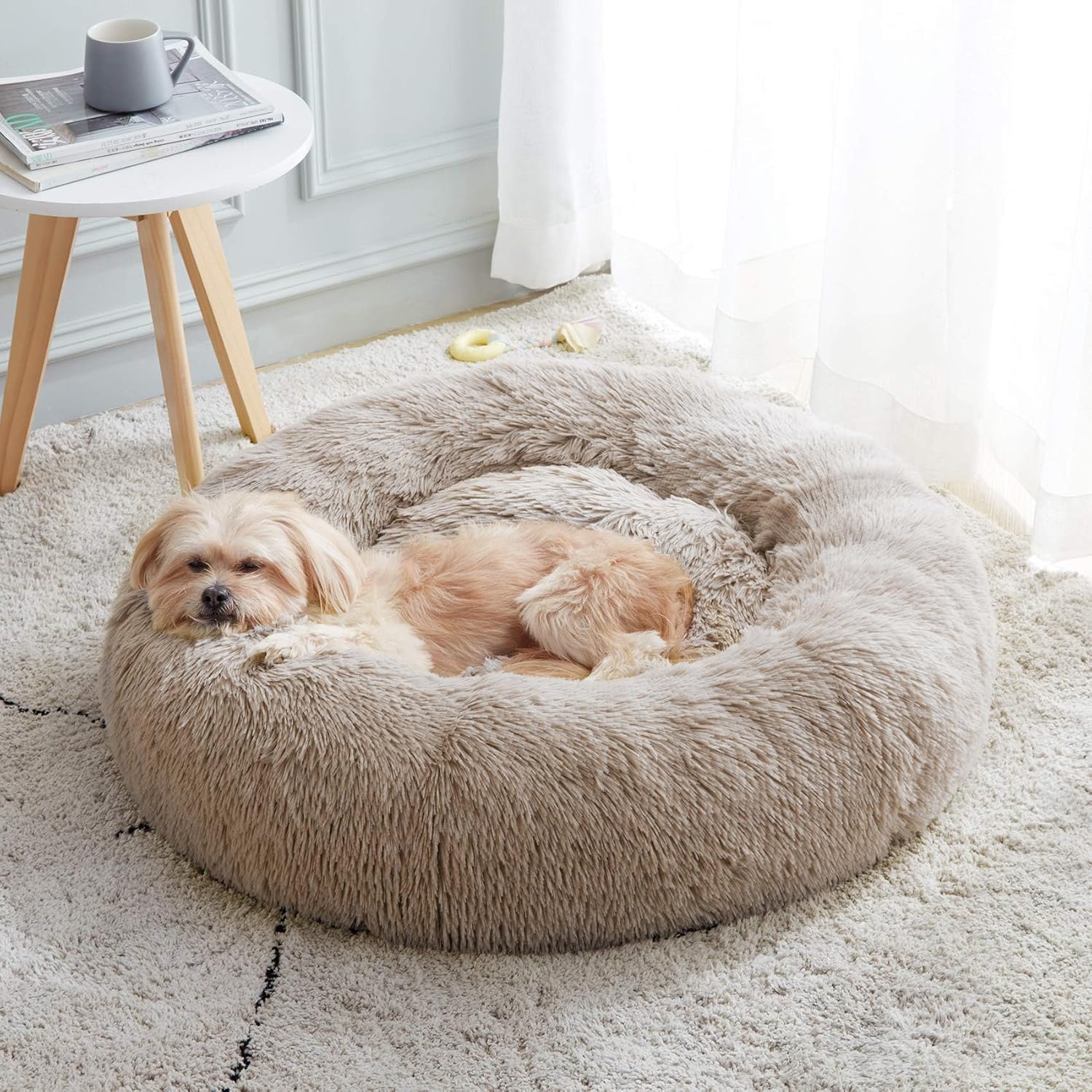 |
||
|
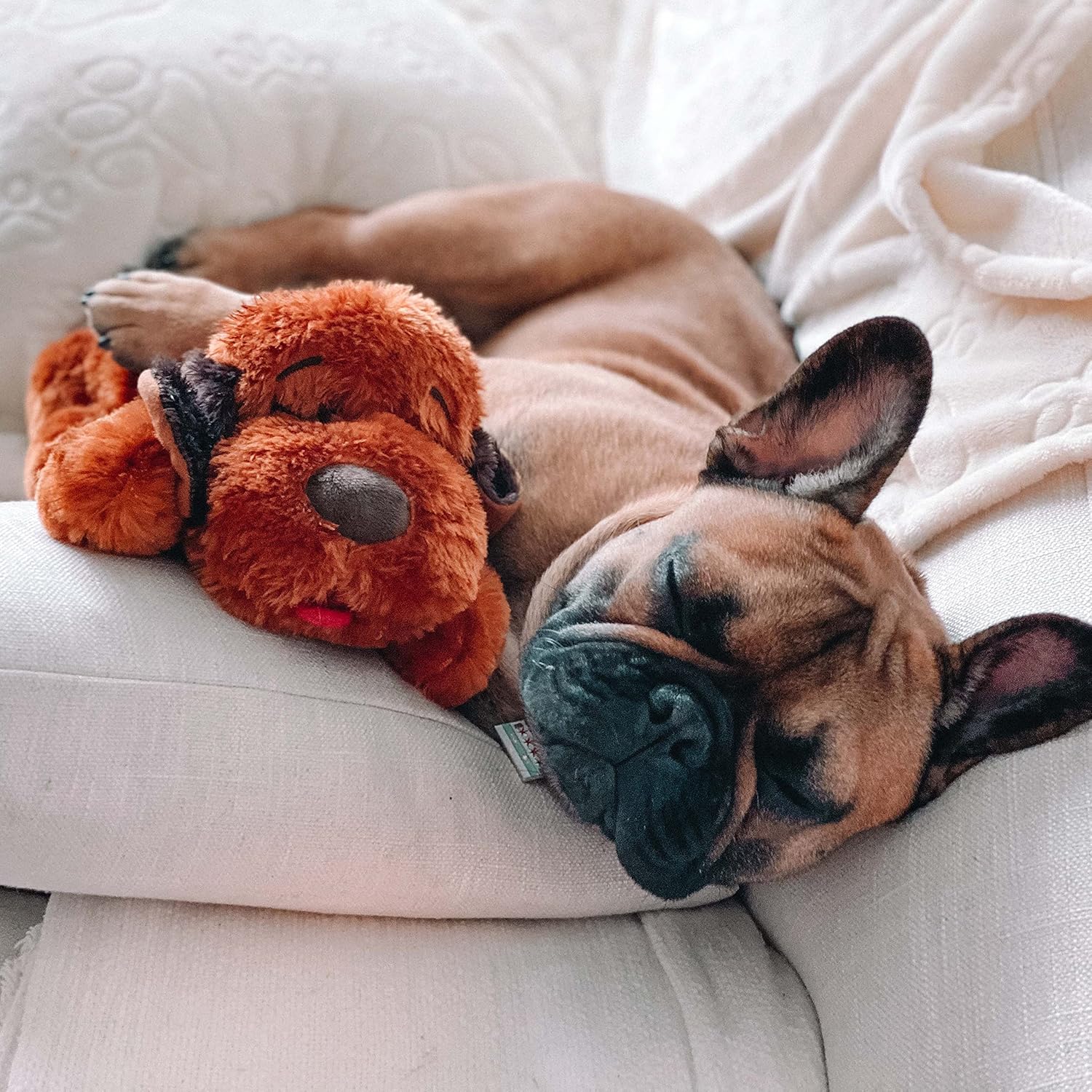 |
||
|
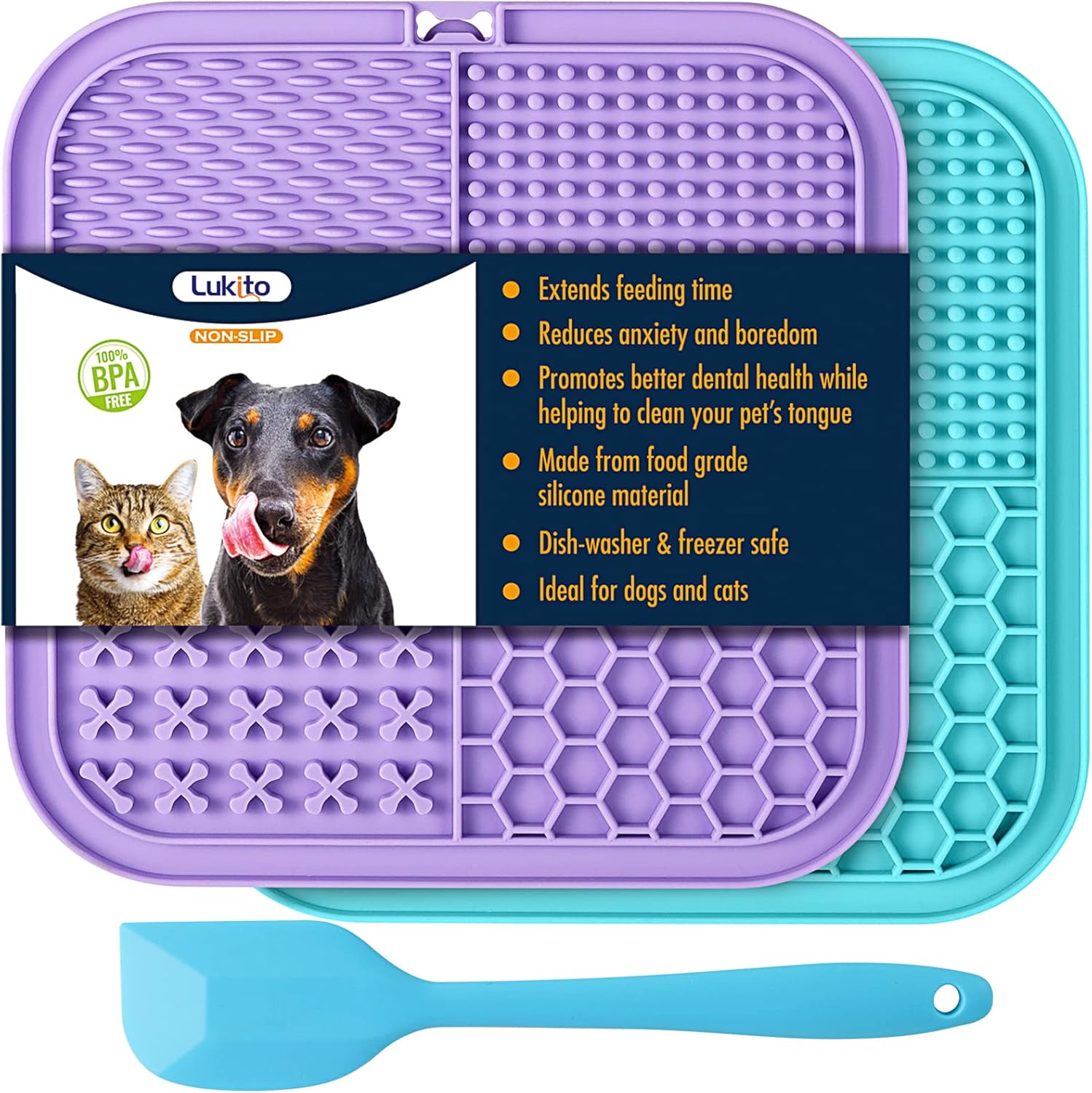 |
||
|
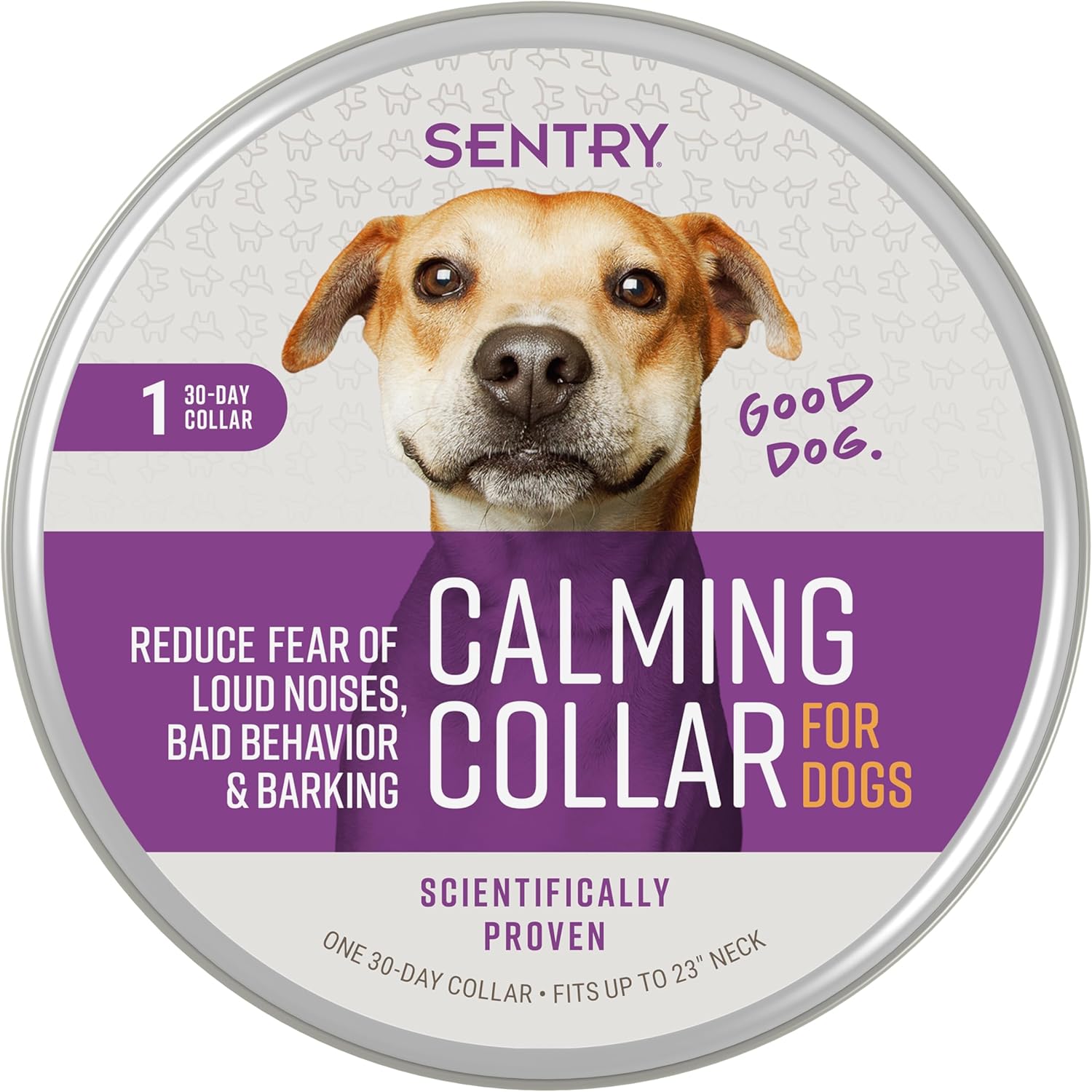 |
||
|
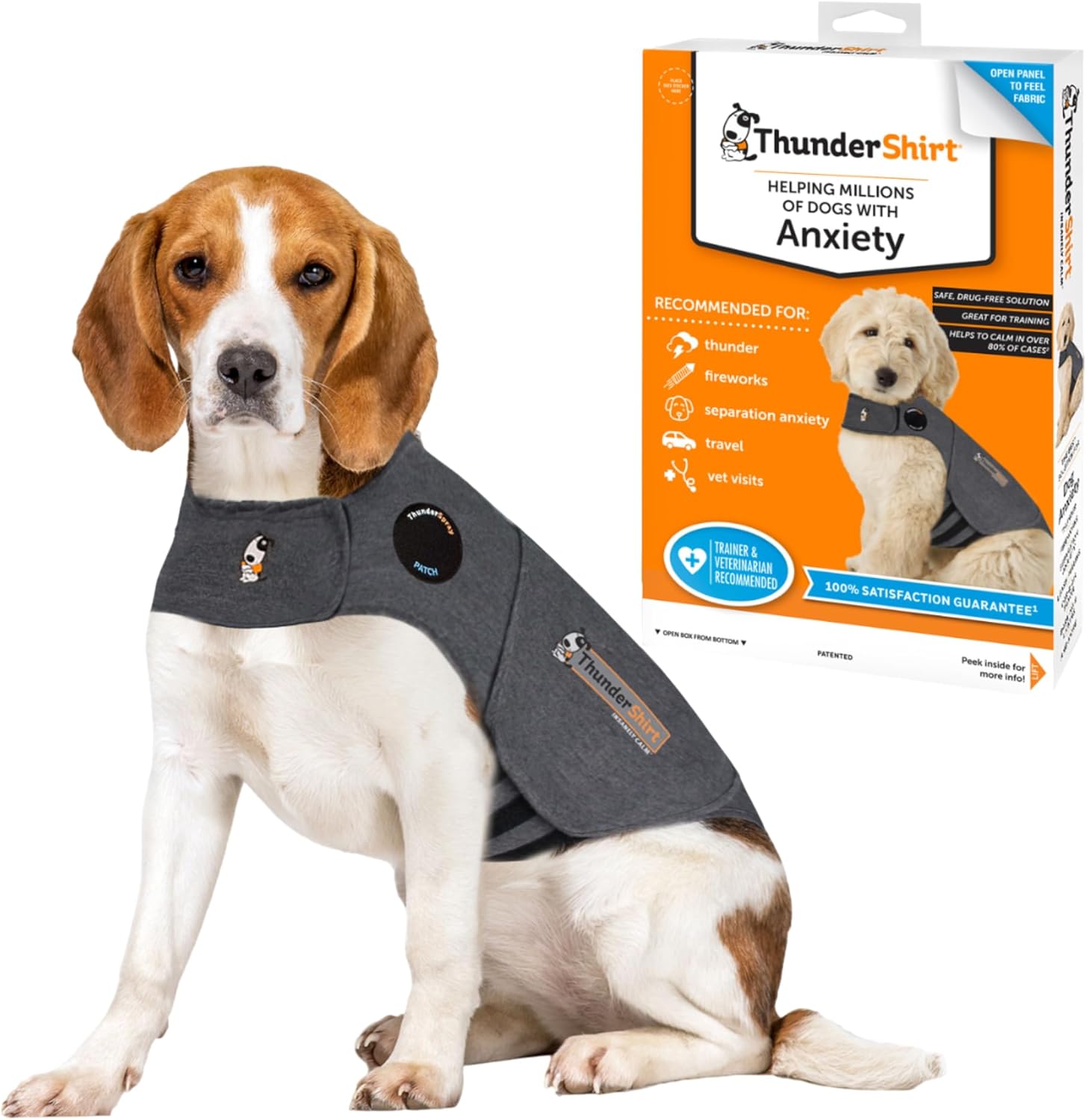 |
||
|
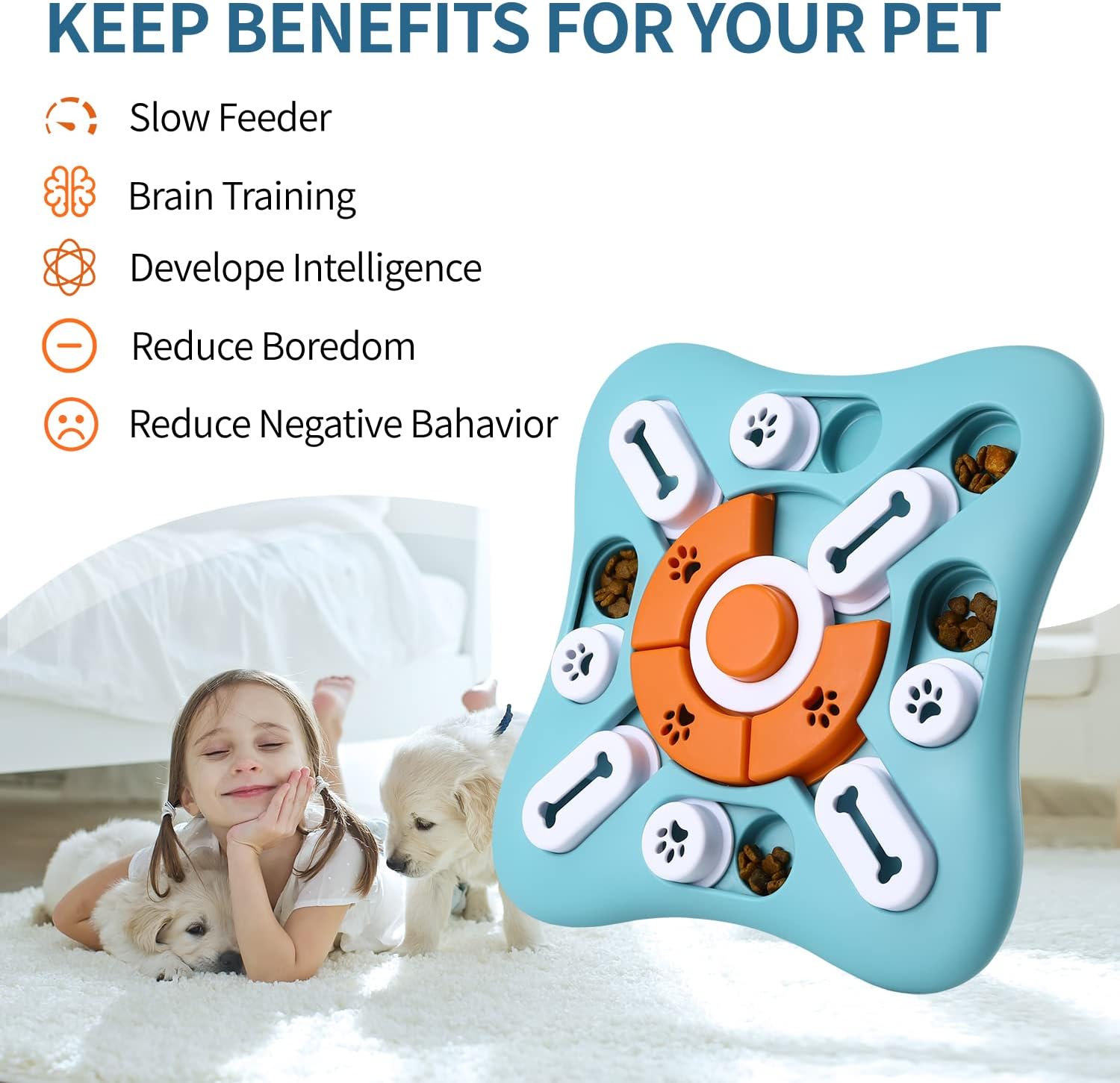 |
||
|
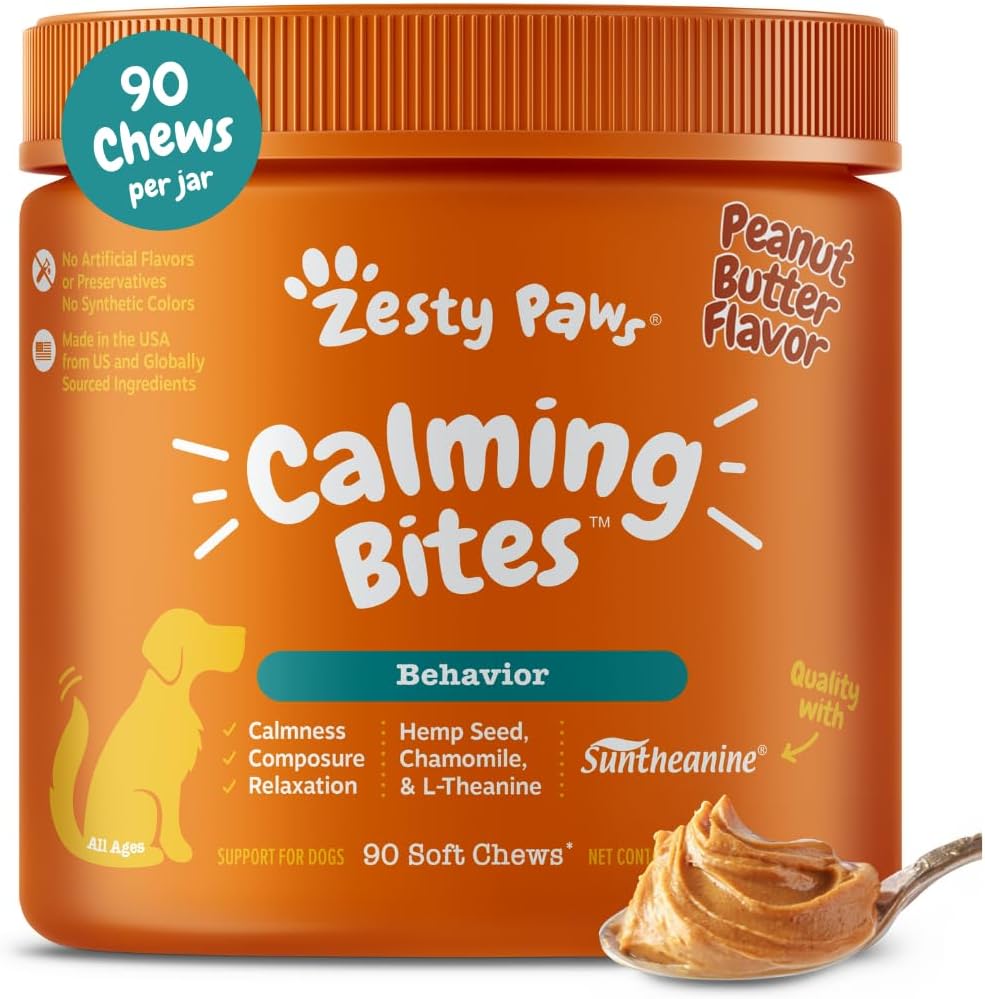 |
||
|
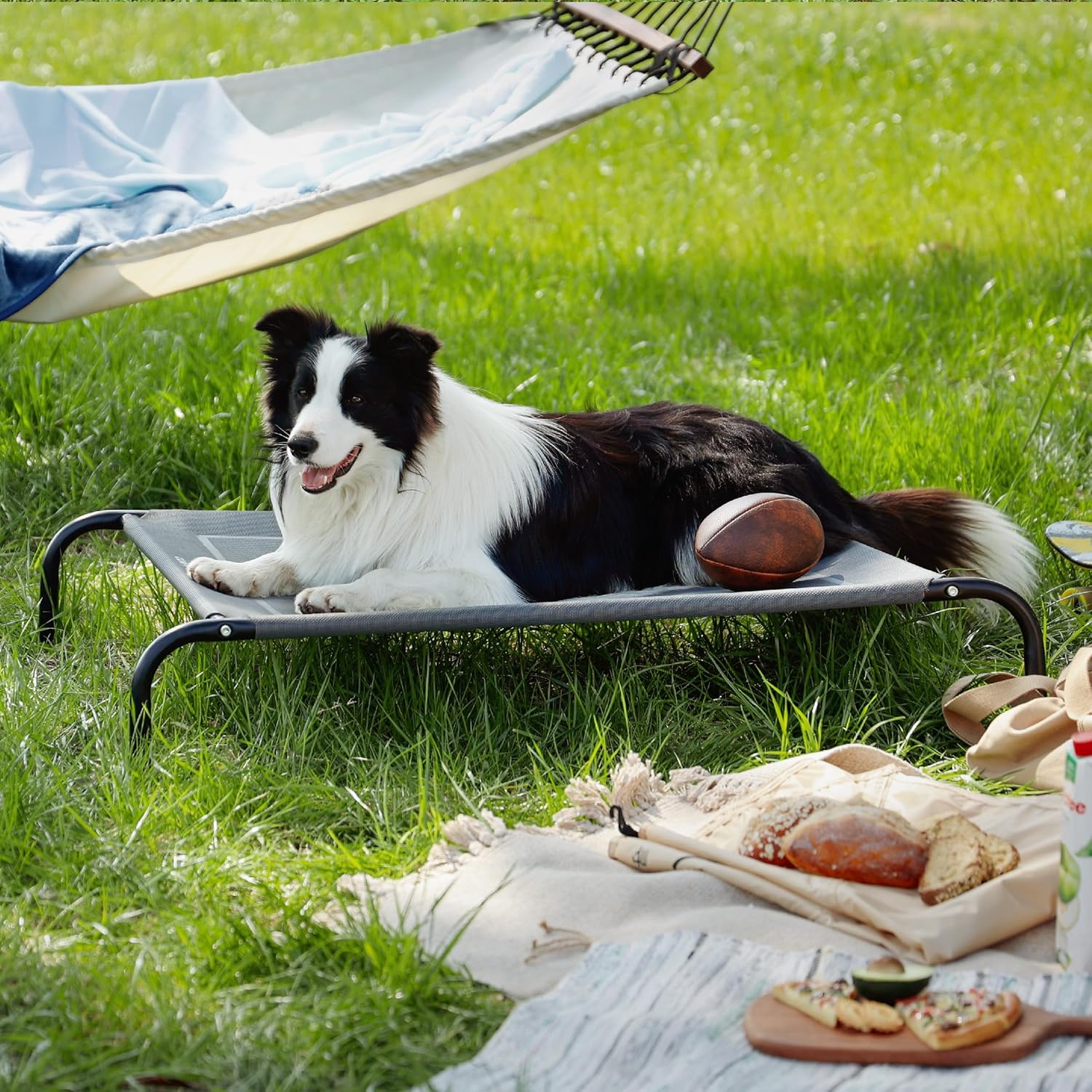 |
||
|
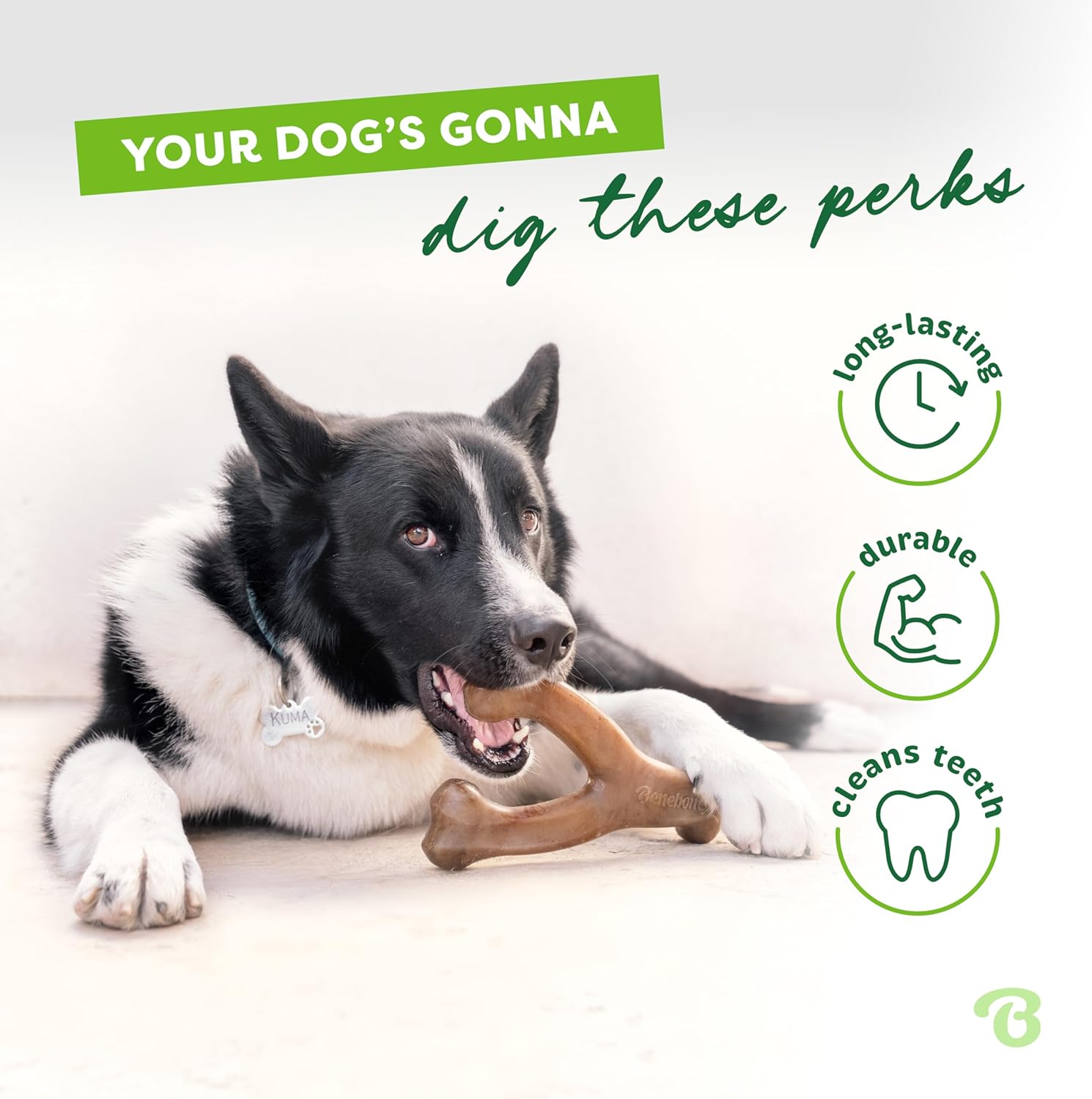 |
||
|
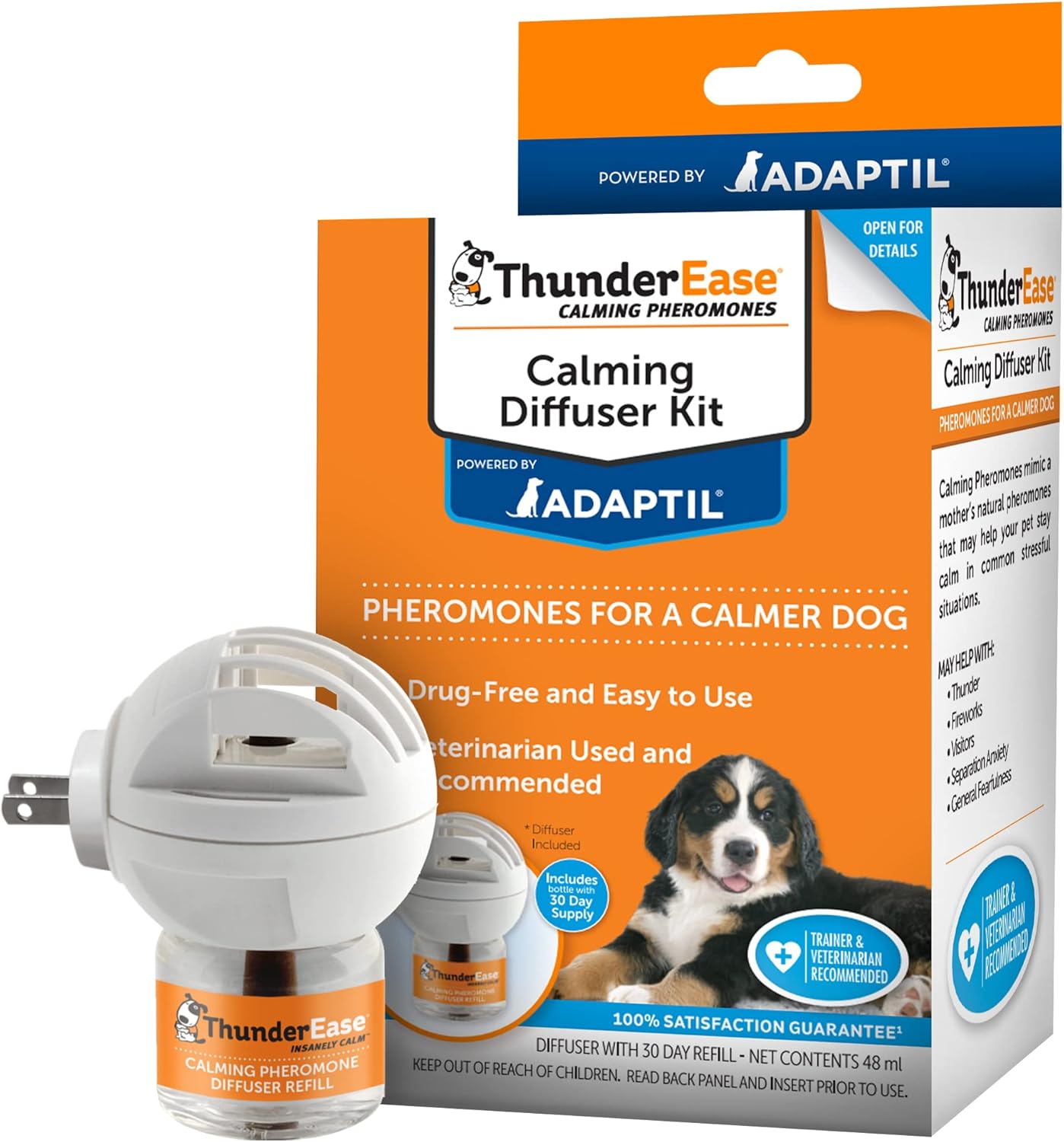 |
Conclusion
Dealing with a worried canine can be challenging, but it’s important to remember that patience and consistency are key. Every dog is different, and what works for one might not work for another. By understanding your dog’s unique needs and fears, you can tailor your approach to provide the best support possible. Whether it’s through gradual exposure, positive reinforcement, or simply offering a safe space, your efforts will go a long way in helping your furry friend overcome their anxieties. Remember, the bond between you and your dog is built on trust, and by helping them face their fears, you’re strengthening that bond every day.
Ultimately, helping your dog conquer their fears is about eliminating the triggers and building their confidence and resilience. Celebrate the small victories, and don’t be disheartened by setbacks. With love, patience, and a bit of creativity, you can turn frightening experiences into opportunities for growth and bonding. Whether it’s a dreaded Godzilla toy or a more serious anxiety issue, your dedication and compassion will guide your dog toward a happier, more confident life. After all, every fearless step they take is a testament to your unwavering support and the unbreakable bond you share.

